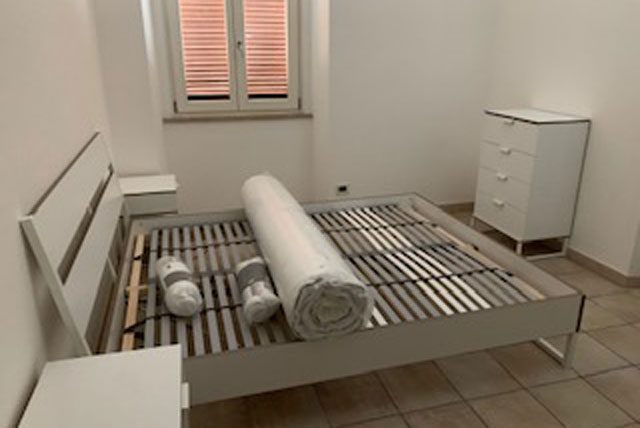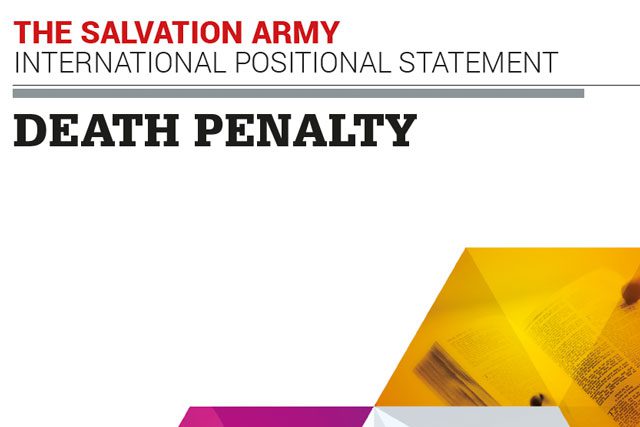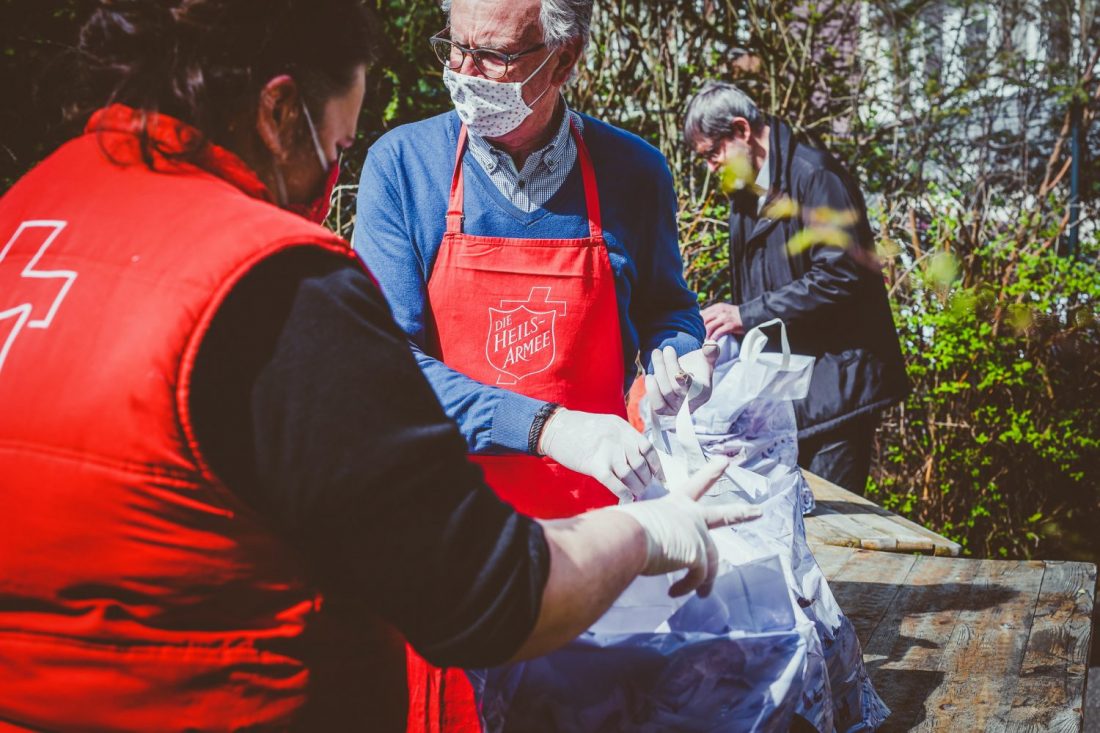Salvation Army contacts grow within North Korea
by Robert Saunders, Commissioner –
The Korean Peninsula shuddered under the advancing invasion force from the North. It was the commencement of the Korean War of the early 1950s and a time when the outcome would leave the nation divided at the 38th parallel with families separated, communication with the North cut off, and a resident U.S. military force of 38,000 personnel. The Salvation Army was required to leave over 70 corps behind in the North and focus upon ministry to the South in what is known today as the Republic of Korea (ROK). Immediately, people of the Republic began praying for the reunification of their land with the North, the Democratic People’s Republic of Korea (DPRK). More than 50 years later, Koreans have not changed their focus—it is the belief of the ROK that their land will be unified.
Developments through the years
Contact with Salvationists in the DPRK ceased and Salvationists in the ROK lost all communication with family and friends in the North. Contact with God remained, however, and Salvationists from the two sides interact whenever possible.
It was a sad day when the Seoul Boys’ Band was forcefully taken to the DPRK, never to be heard from again. Yet in the 1990s, Commissioner Fred Ruth was granted permission to enter the DPRK and awoke in his hotel one morning to the martial music of a brass band playing Salvation Army music.
In April 1998, Major Roland Sewell (IHQ) visited Nanjing in the DPRK and participated in a hastily called together worship service—probably the first officer to do so in the 48 years since the Korean War. In September of that year, Commissioner Lee Sung-duk, then territorial commander, led a small ecumenical delegation to the DPRK. As the first officer there in uniform, he was able to give a Bible message at a house meeting in Pyongyang.
During this same time period, The Salvation Army joined with the Korean National Council of Churches in sending a food shipment to the DPRK. Printed on the food packages was the familiar red shield and a statement that the food was donated by The Salvation Army.
The Collective Farm in Ku-bin Li is two hours by car from Pyongyang and the site where The Salvation Army in Switzerland and Australia recently launched a successful dairy farm with milk and yogurt production. The yogurt is marketed in containers printed with The Salvation Army shield.
Friendly contacts with the leaders of the DPRK continue, conveying the fact that The Salvation Army desires to minister to fellow Koreans in the North.
Current progress in the North
In March 2007, Commissioner Chun Kwang-pyo, Korea territorial commander, with Major Hwang Sun-yup, North Korea ministry development officer, undertook the first official visit by The Salvation Army based in the ROK. The purpose of the visit was to enter into negotiations with the DPRK officials to establish the Development Support Service of The Salvation Army. Joining Salvationists on this visit were Good Neighbors (a Korean non-governmental organization) and The Korean Association of Health Promotion.
Among the site visits was one trip to the Wah-woo-doh Hospital in Nampo City—the second largest city in the nation and once home to a Salvation Army corps. With a population of 300,000, roughly 300 patients seek medical help daily. The hospital is 60 years old and needs updating. It also lacks current medical and laboratory equipment, which impacts correct diagnosis and adequate treatment.
Hospital Director, Chung Keun-young, requested support from The Salvation Army to improve the facility. The representative of the DPRK further endorsed the request. In response to a subsequent formal request from the DPRK and in faith, The Salvation Army entered into an agreement with the North Korea National Peacemaking Council to assist in the refurbishment of the hospital.
Planting Trees of Peace
With the lack of fuel available in the DPRK, the hills and mountains have been denuded with serious outcomes—floods, landslides and dust-bowl conditions—impacting every facet of life. As a result, The Salvation Army launched the “Planting Trees Of Peace” project as part of the Korea Territorial centennial that will be celebrated in October 2008.
Donations of $12.00 per chestnut tree are needed. The trees will be planted in the Kangwon Providence, DPRK, from March to April 2008. Space is available for tens of thousands of trees. Donations – marked “Korean Tree Project” – may be sent to:
The Salvation Army – 12th floor
World Missions – Major Mariam Rudd
P.O. Box 22646
Long Beach, CA 90802-9998
Yes, the Korea Territory continues to minister north of the border—prayer knows no borders. The powerful prayers of Salvationists and fellow Christians continue with a specific focus on reunification of the Korea Peninsula.











